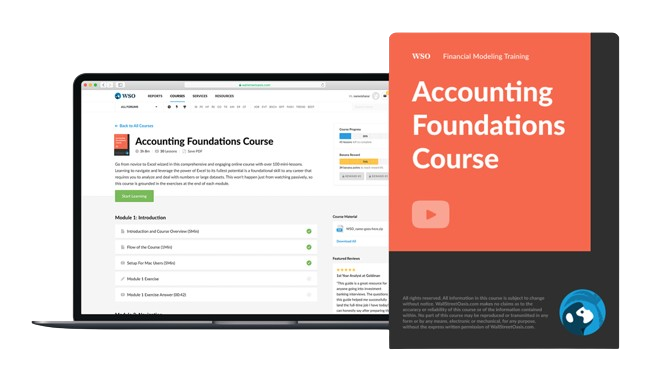Amortizing Loan
A loan structure that includes both interest and repayment of the principal.
What is an Amortizing Loan?
A loan structure in which regular payments include both interest and repayment of the principal (borrowed amount) is called an amortizing loan. They can either be fully amortized, partially amortized.
If the loan is fully amortized, this means that the principal will be fully repaid when the last recurring payment is made. Car loans and mortgages are usually fully amortized loans.
Since a loan amortization payment includes both interest and principal repayment portion, it first pays the interest for that period and the balance is used to reduce the principal amount.
Generally, in the early years of the loan period, the interest component is very high in the installment due to the high principal outstanding.
Therefore, as the loan period passes, the principal repayment in each installment increases. This happens only if you make the installments regularly.
An amortization schedule can be used by borrowers to monitor the progress of repayment of loan balances. The repayment schedule is a good way to represent the number of monthly payments used for interest and the amount used to reduce principal.
Example of an Amortization Loan Table
The amortization of loan calculation can be viewed in the below table. This table lists the relevant balances and amounts for each period. In the example below, each period is a row in the table.
The columns include the opening balance of the period, the main portion of the payment, the interest portion of the payment, the principal repaid in a particular period, the total interest paid so far, and the final balance outstanding.
In the below example, the loan value is taken to be $100,000, which has to be paid in 10 equated monthly installments, and the bank charges an interest rate of 5% p.a.
Analyzing the below table, one can clearly see that the loan gets fully amortized at the end of the period. That is, the outstanding balance before the last installment is equal to the
installment value, that is, there is no balloon payment made.
Also, the interest portion in the installment goes down as the loan period passes, as mentioned above. The interest portion of installment 1 is almost 8 times that of the interest portion in the last installment.
Loan Amortization Structures
There are a number of types of loan structures through which payment of interest can be made along with the principal. The most commonly used structures have been explained below in detail:
1. Amortizing Loan
A loan structure in which regular payments include both interest and repayment of the principal (borrowed amount) is called an amortizing loan.
If the loan is fully amortized, it means that the principal will be fully repaid when the final recurring payment is made. Car loans and mortgages are usually fully amortized loans.
2. Bullet Structure
A typical bond has a bullet structure. Periodic interest payments (coupon payments) are made over the life of the bond and the principal (assuming the bond is redeemable at face value) is paid at the last interest payment at maturity.
Interest payments are called bond coupons. If the final payment includes a lump sum payment in addition to the interest payment, this is called a balloon payment.
3. Partially Amortizing Loans
A loan can also be structured to be partially amortized so that there is a balloon payment at the end of the loan period. However, unlike the bullet structure, the final payment contains only the remaining unamortized principal, not the entire principal.
4. Sinking Fund Provision
Sinking fund provisions provide for the repayment of principal through a series of payments over the life of the loan. For example, a 20-year loan issue of $200 million may require that the borrower retires $20 million of the principal every year beginning in the sixth year.
Amortizing Loan FAQs
By making extra payments on your mortgage that are specifically directed to be put towards the principal, you'll pay less interest over the life of the loan and pay off your mortgage quicker. Even a small additional principal payment can save you money down the road.
Some amortizing loans allow early repayment, otherwise, there is no additional interest to pay. With a simple interest rate loan, you are more likely to incur a prepaid penalty because you pay the same amount of interest on each scheduled payment and the lender relies on that money.
A non-amortizing loan is a loan in which the principal is not paid until the loan expires. Non-amortizing loans are also known as interest rate loans or balloon payment loans.




or Want to Sign up with your social account?